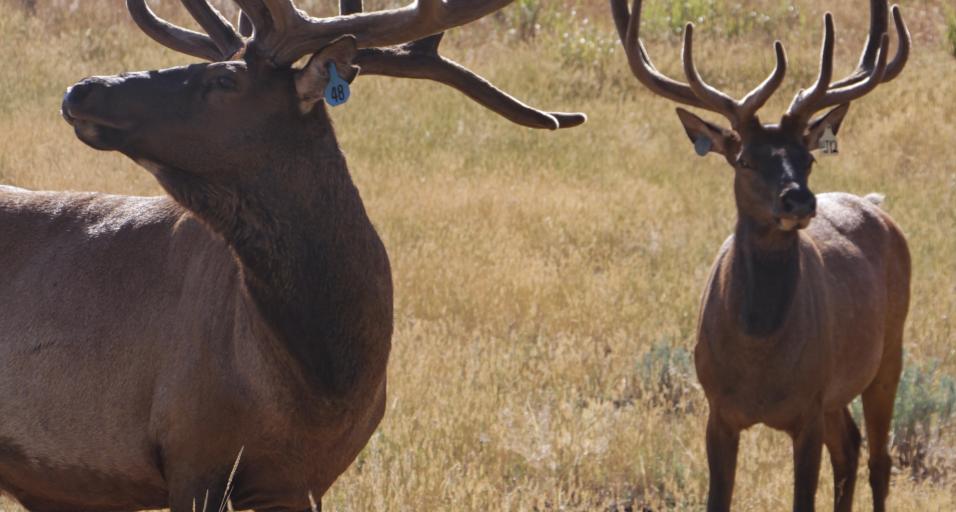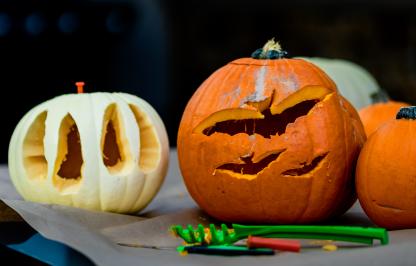The Wyoming Game and Fish Department is continuing to monitor brucellosis in Wyoming’s elk and bison and is asking hunters once again to help. Surveillance is targeted to select hunt areas, so every hunter may not receive a blood kit in the mail. Game and Fish is also reminding hunters to take proper precautions to protect themselves when field dressing their harvested elk or bison.
Brucellosis is an infectious disease of elk and bison. In Wyoming, elk in Teton, Sublette, Park, Northern Lincoln and Big Horn counties and bison from the Jackson and Yellowstone herds are infected with brucellosis at varying levels.
Hank Edwards, of the Game and Fish Wildlife Health Laboratory said that brucellosis transmission to hunters during the hunting season is exceptionally rare. However, there are still simple precautions hunters need to follow to minimize exposure such as:
- Always wear latex or rubber gloves when field dressing carcasses.
- Do not handle a pregnant uterus or its contents. Be extremely careful not to puncture the uterus during field dressing and removal.
- Do not cut into a swollen joint or tendon sheath; do not cut into enlarged testicles.
- Immediately wash cuts received while processing any carcass. If deep cuts occur, see a physician. Wash hands and forearms thoroughly with soap and water as soon as you return from the field. Hand sanitizer can be used as an alternative if soap and water are not available.
Edwards reminds hunters that brucellosis does not occur in the meat and does not survive normal cooking temperatures.
“Although the risk of contracting brucellosis during the hunting season is rare, hunters should be aware of the symptoms of the disease so they can seek treatment if they should become infected. Brucellosis is easily treatable with common antibiotics, but early treatment is the key to clearing infections,” said Edwards.
The symptoms of brucellosis may take up to 6 weeks to appear and include a fever that tends to rise and fall (undulant fever), lower back pain, headaches, alternating chills and fevers (especially in the evening), night sweats, and insomnia.
Game and Fish is also asking elk hunters to collect a blood sample from their harvested animal in specific elk hunt areas. Hunters who are in the specific hunt areas should have received a blood collection kit in the mail.
“Blood samples are important to the surveillance of brucellosis. Thank you to the hunters who take and submit these samples; hunters return between 1,200 and 1,500 blood samples to the laboratory each year,” said Edwards.
Game and Fish has additional information online about protecting yourself in the field and how to collect a blood sample on the brucellosis webpage.



